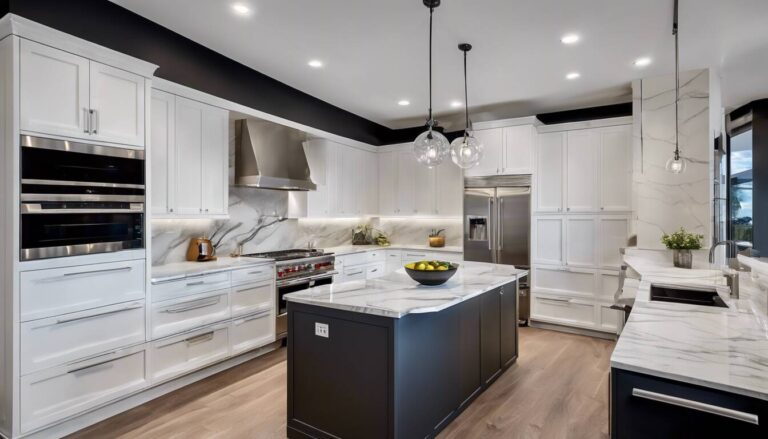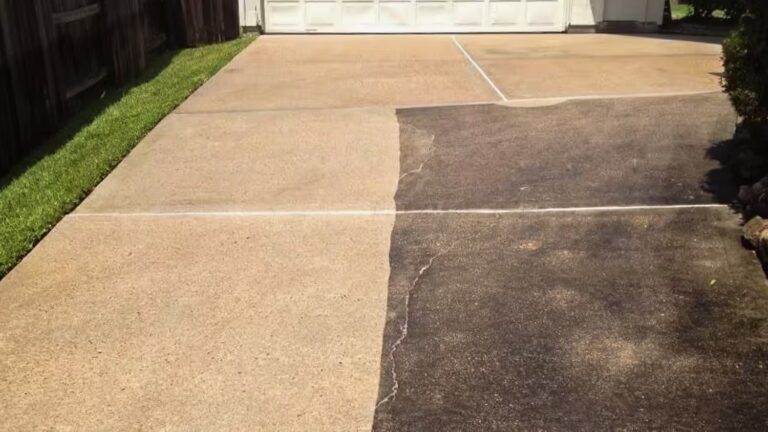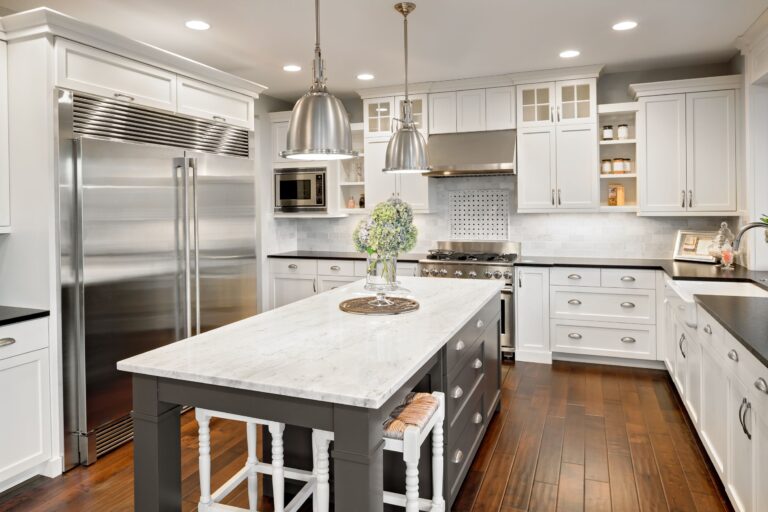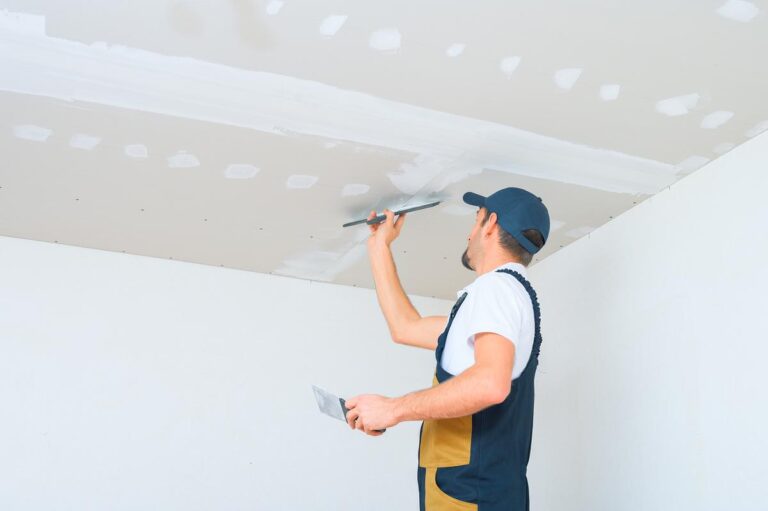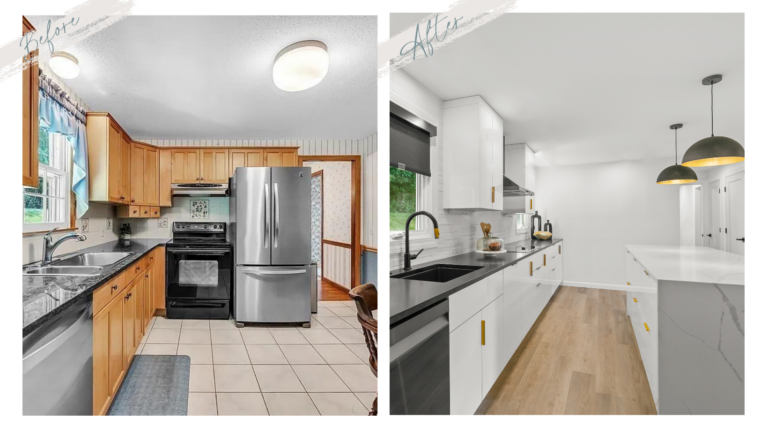Smart Storage Solutions: Creative Kitchen and Basement Organizing Remodels
Introduction:
Home improvement projects, whether a fresh coat of paint or a custom-built bookshelf, can transform your living space—but only if done right. A single misstep in planning, material selection, or technique can lead to costly repairs or disappointing results. For DIY enthusiasts and homeowners, mastering the fundamentals of painting, carpentry, and project management is essential to achieving professional-quality outcomes. This article dives into eight actionable strategies to help you avoid common pitfalls, optimize your workflow, and create durable, visually appealing upgrades. From prepping surfaces to choosing the right tools, these insights will empower you to tackle projects confidently, save money, and add lasting value to your home.
The Power of Planning: Blueprint for Success
Every successful project begins with a detailed plan. Start by defining your goal: Is this a cosmetic update or a structural change? Sketch your design, measure dimensions, and create a materials list. For carpentry, consider load-bearing requirements; for painting, calculate paint volume (one gallon typically covers 400 sq ft). Budget for unexpected costs—experts recommend adding a 15-20% buffer. Tools like project management apps or simple spreadsheets can help track timelines and expenses. Pro tip: Test paint colors on small wall sections and observe them at different times of day to avoid regrets.
Choosing the Right Materials: Quality Meets Functionality
Material selection impacts both aesthetics and longevity. For painting:
- Use acrylic latex paint for interior walls (easy cleanup, low odor).
- Opt for alkyd enamel for trim (durable, stain-resistant).
In carpentry, hardwoods like oak or maple suit high-traffic areas, while plywood is ideal for structural framing. Always check for defects like warping or mold. For outdoor projects, pressure-treated lumber or cedar resists moisture. Don’t overlook adhesives and finishes—waterproof wood glue and UV-resistant sealants extend project life.
Mastering Techniques: Precision in Painting and Carpentry
Painting: Prep is king. Sand surfaces, fill cracks with spackle, and use high-quality primer. Apply paint in a “W” pattern for even coverage, and maintain a “wet edge” to avoid lap marks. For trim, angled brushes (2-3 inches) provide better control. Carpentry: Measure twice, cut once. Use a speed square for accurate angles, and pre-drill holes to prevent wood splitting. When joining pieces, clamps ensure tight, gap-free seams. For novice DIYers, practice cuts on scrap wood first.
Avoiding Common Pitfalls: Lessons from the Pros
Rushing through steps is a recipe for disaster. Common mistakes include:
- Skipping surface prep, leading to peeling paint.
- Using incorrect saw blades (e.g., ripping wood with a crosscut blade).
- Ignoring safety gear (goggles, masks, ear protection).
Fix errors immediately—sand drips before they dry, and recut ill-fitting joints. For complex tasks like electrical work, know when to call a licensed professional.
Budgeting Wisely: Maximizing Value Without Compromise
Balance cost and quality by prioritizing high-impact areas. For example, invest in premium paint for main living spaces but opt for mid-grade options in low-traffic zones. Rent specialized tools (e.g., airless sprayers) instead of buying them. Repurpose materials: Sand and repaint old furniture instead of purchasing new. Track every expense to stay on target, and sell unused supplies online to recoup costs.
Conclusion:
Home improvement doesn’t require expert skills—just careful planning, informed choices, and patience. By selecting the right materials, honing foundational techniques, and learning from common mistakes, you’ll achieve results that enhance your home’s beauty and functionality. Start with small projects to build confidence, and gradually tackle more ambitious endeavors. Remember: Quality tools and prep work pay dividends in the long run. Whether you’re refreshing a room with paint or building a deck, these eight principles will help you create spaces you’re proud to call your own. Ready to begin? Grab your tools, double-check your measurements, and let your creativity shine.


